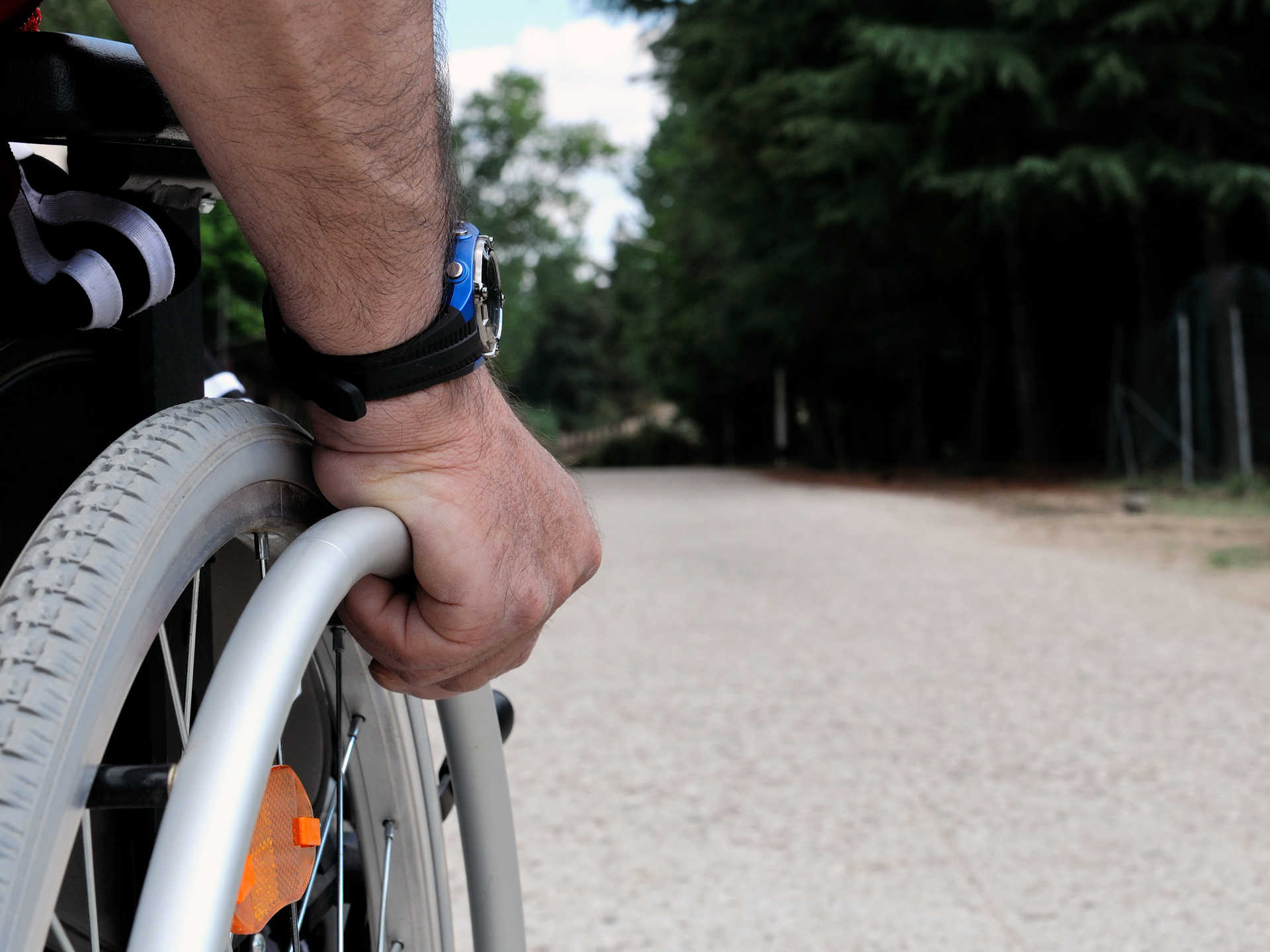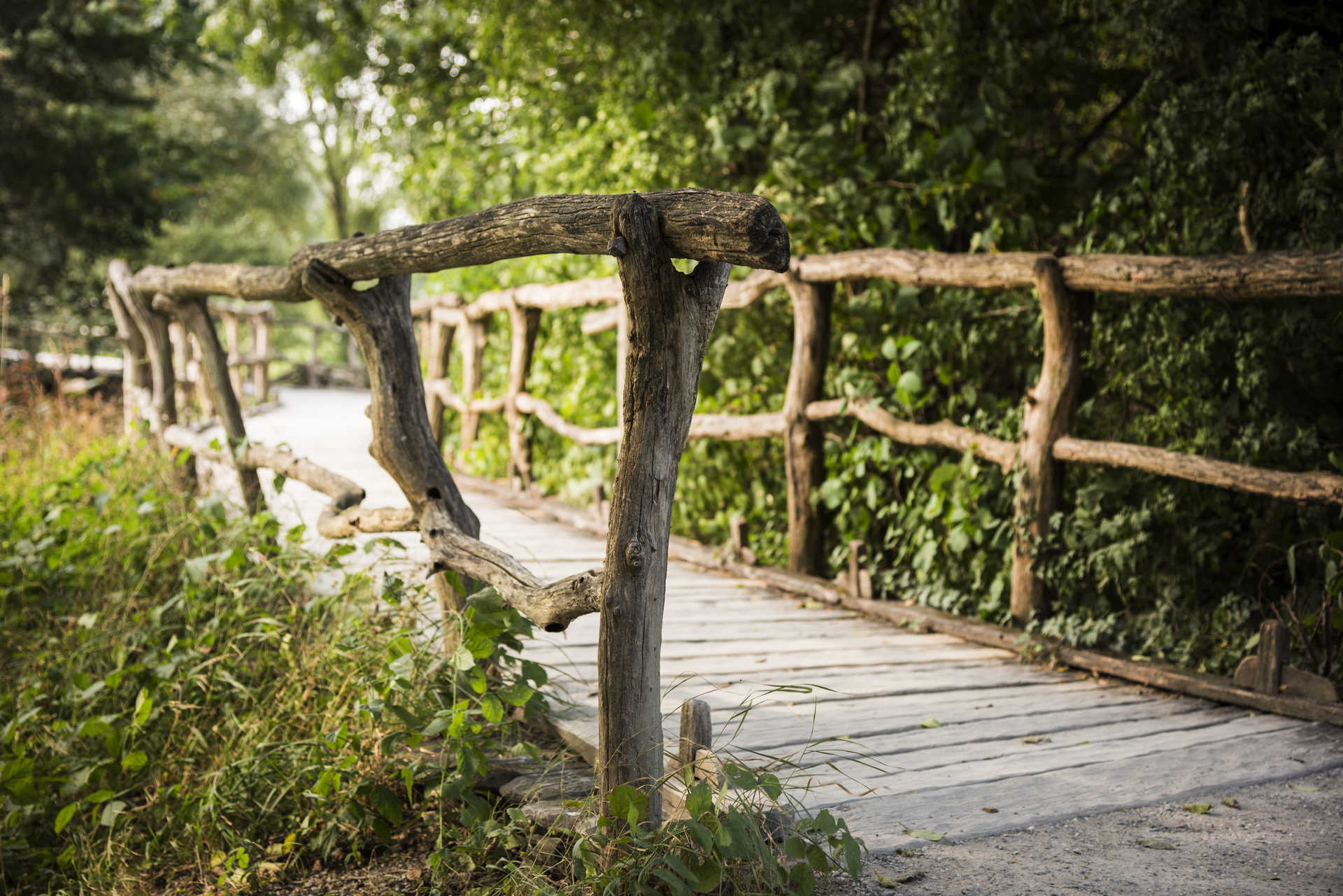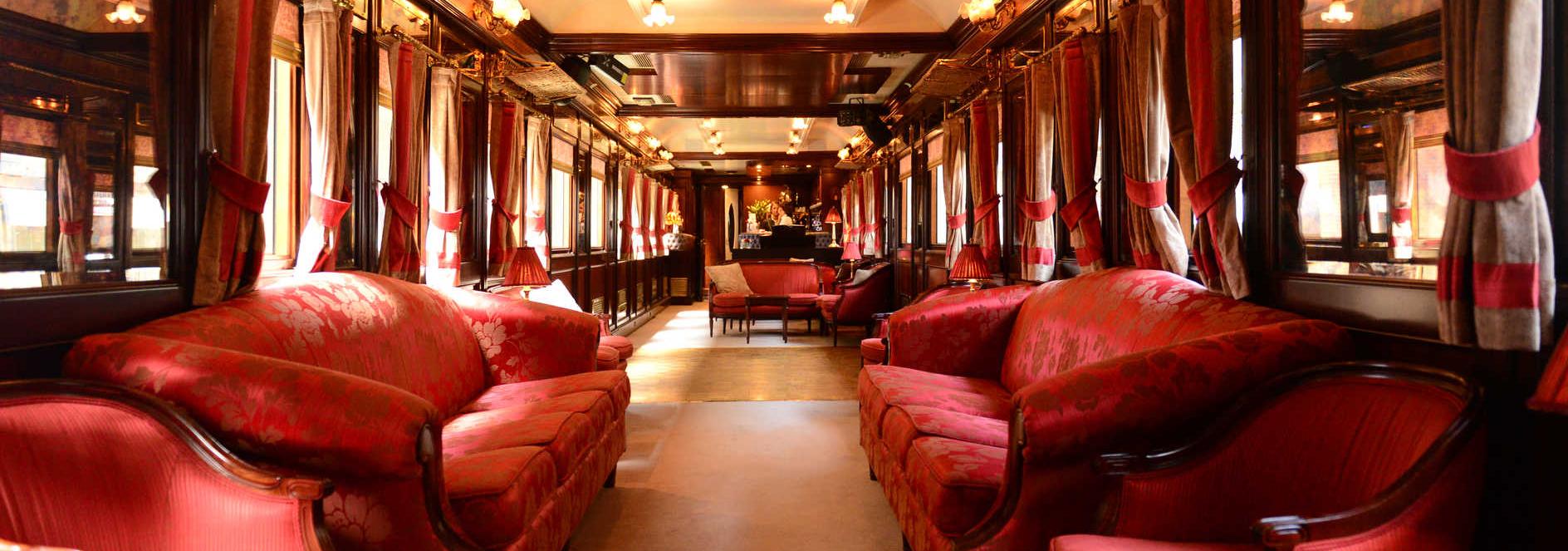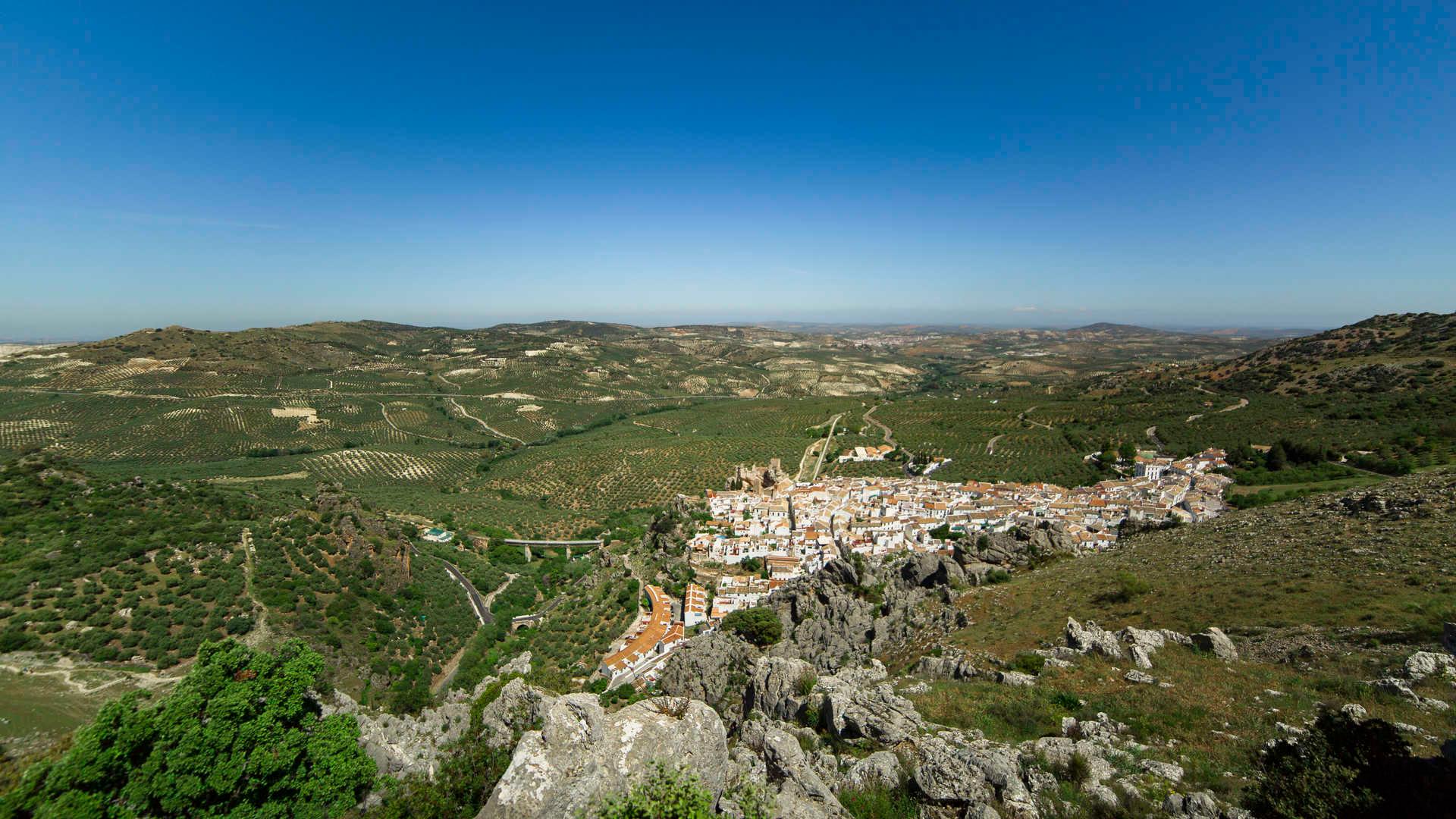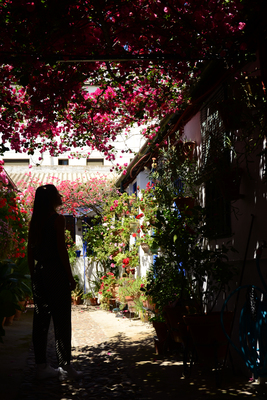Accessible hiking in Córdoba
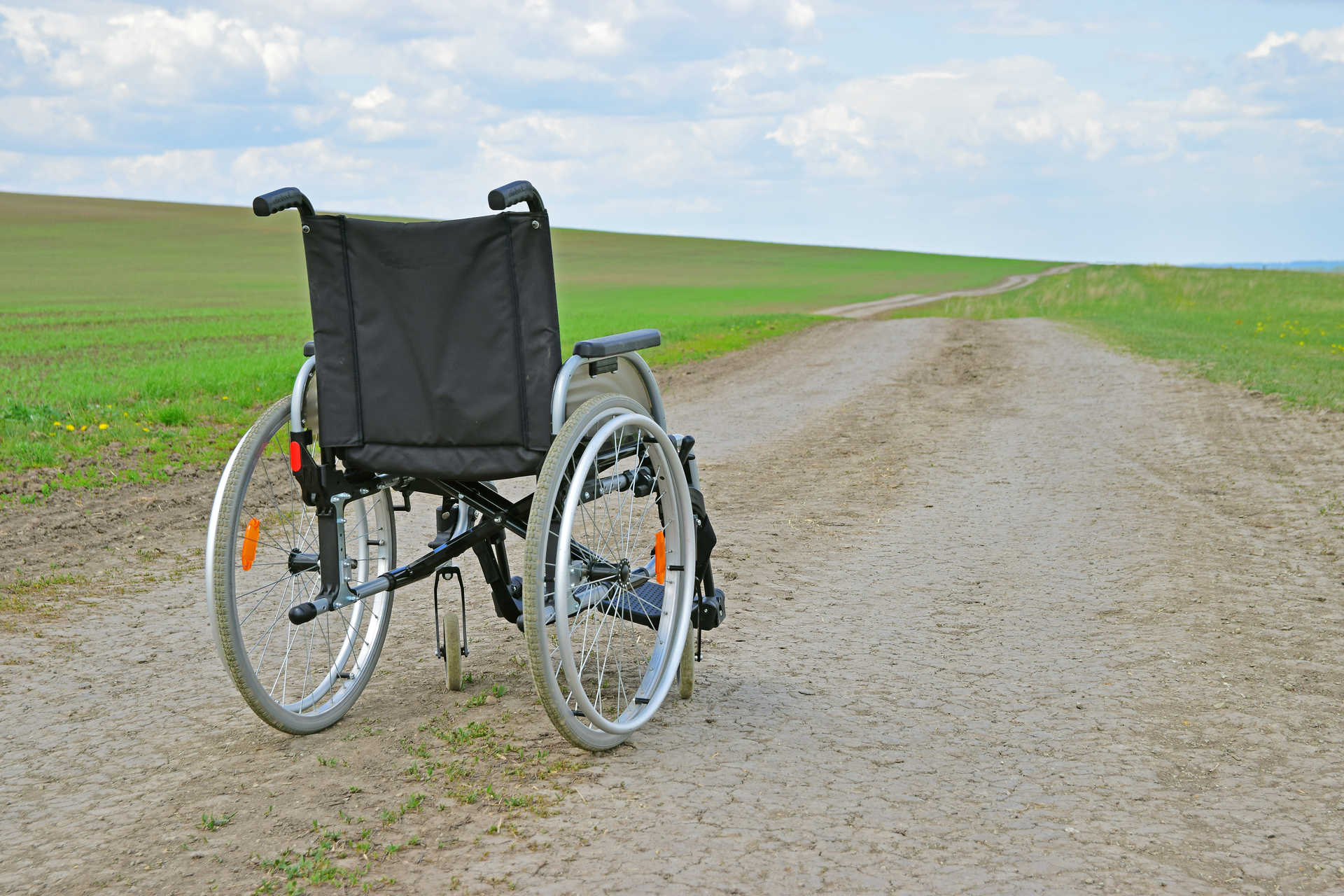
Practice sport, discover the indigenous flora and fauna, into a natural island or a legendary city… all these proposals are accessible for those looking for trails with something to say. Let's go to Córdoba.
The Cordoba hiking routes are not restricted to the magnificent Rail Trails, like the Olive Oil Rail Trail. So much can be expected from a province with such beautiful places as the Baños de Popea. If what you're looking for is hiking for the disabled, we also have a number of options. Here are some of them.
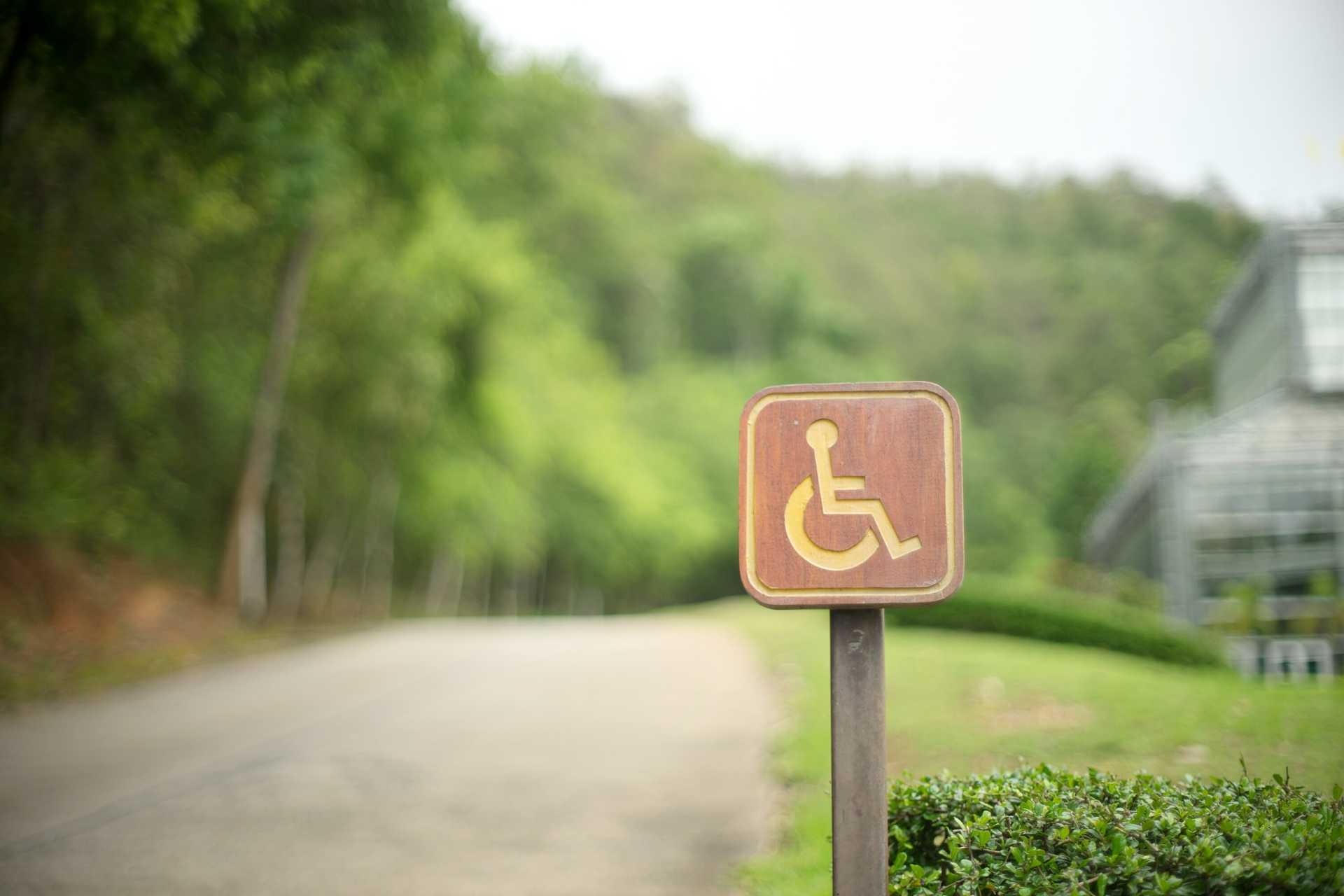
Parque Periurbano Los Villares-Sendero La Umbría
The Mediterranean hills are one of those original natural features of the Iberian countryside which we should preserve all costs: lynxes and Spanish imperial eagles live here. What's more, mountains for everyone starts to be a reality, thanks to facilities focussing on accessibility; in the case of the La Umbría del Parque Periurbano Los Villares trail, people with reduced mobility can enjoy an accessible section which starts in the car park and ends at the lookout point, a magnificent natural balcony overlooking the Sierra Morena. But that's not all: there are also geological treasures like Los Riscos de Guadanuño, the Cerro de las Cruces and the Peñas Pardas.
The barbecue areas and toilets in the park also have adapted facilities to make it possible to enjoy a splendid day out in the country.
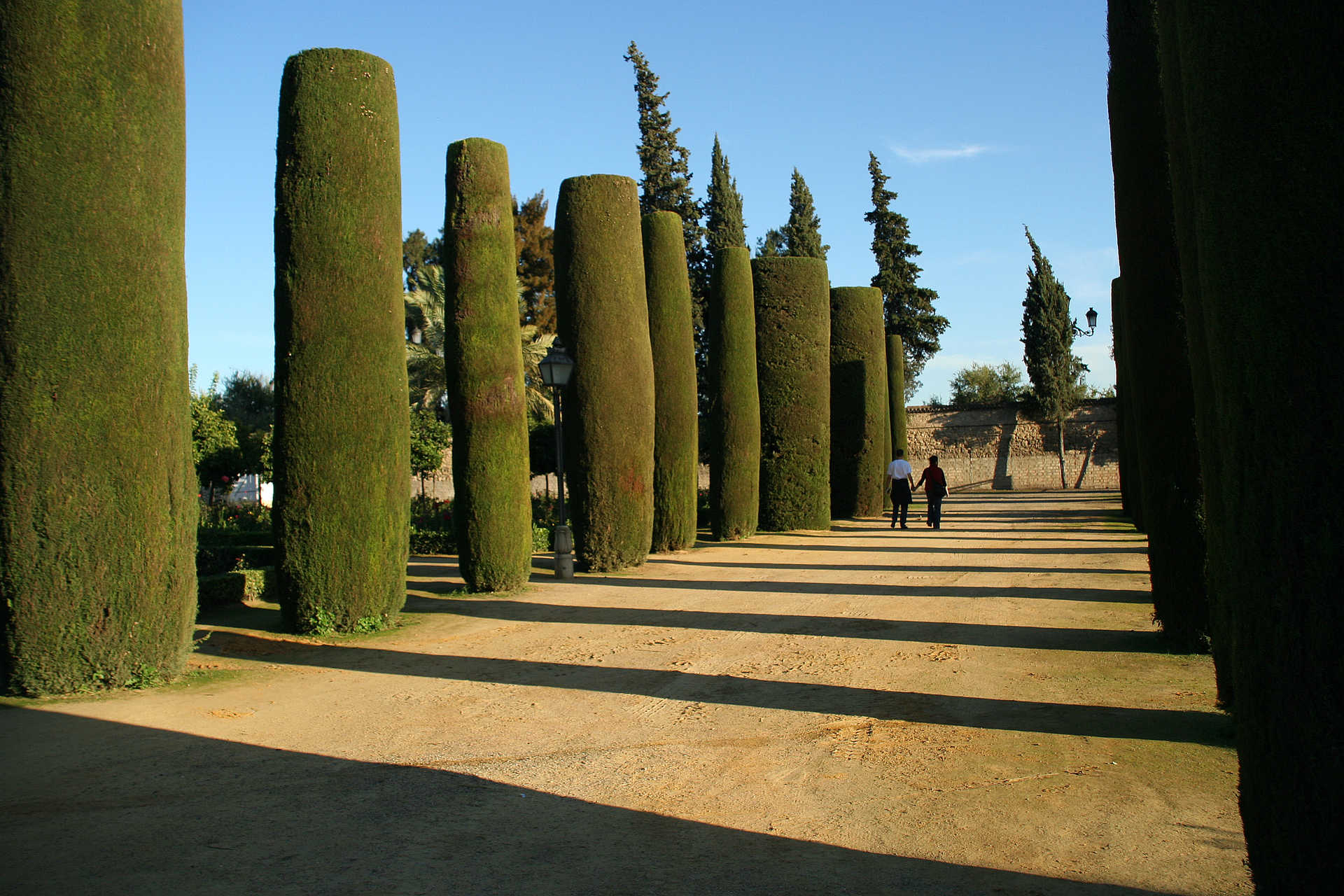
Cordoba Botanical Gardens
If what you want is to learn while you're walking, there's no doubt that the Cordoba Botanical Gardens, which opened in 1987, are a really interesting idea. The educational ambitions of this area, in the city of Cordoba, are evident. On display here you'll find endemic plants of different origins, like the American greenhouse which has a small sample of the flora from that vast continent (all the biomes on the planet are represented). The facilities are disabled friendly; ramps and toilets facilitating access for those with mobility problems.
Laguna de Zóñar Nature Reserve.
The deepest lake in Andalusia, which is also the largest of the so-called Lagunas del Sur de Córdoba, is located in the district of Aguilar de la Frontera. In the Laguna de Zóñar Visitor Centre, which is adapted for tourism for the disabled, you can discover it in all its depth, if you'll pardon the expression. The interactive exhibition will enable you to explore this large interior lake and discover all the species that live there: birds, amphibians, reptiles and mammals demonstrate the richness of the local fauna. The centre programmes interesting activities which, under the title "Discovering the lake,” are adapted to visitors with different types of disabilities, both cognitive, sensory (visual) and physical. In this way, people with reduced mobility are able to acquaint themselves with natural surroundings where the threatened Malmsey is one of the main players.
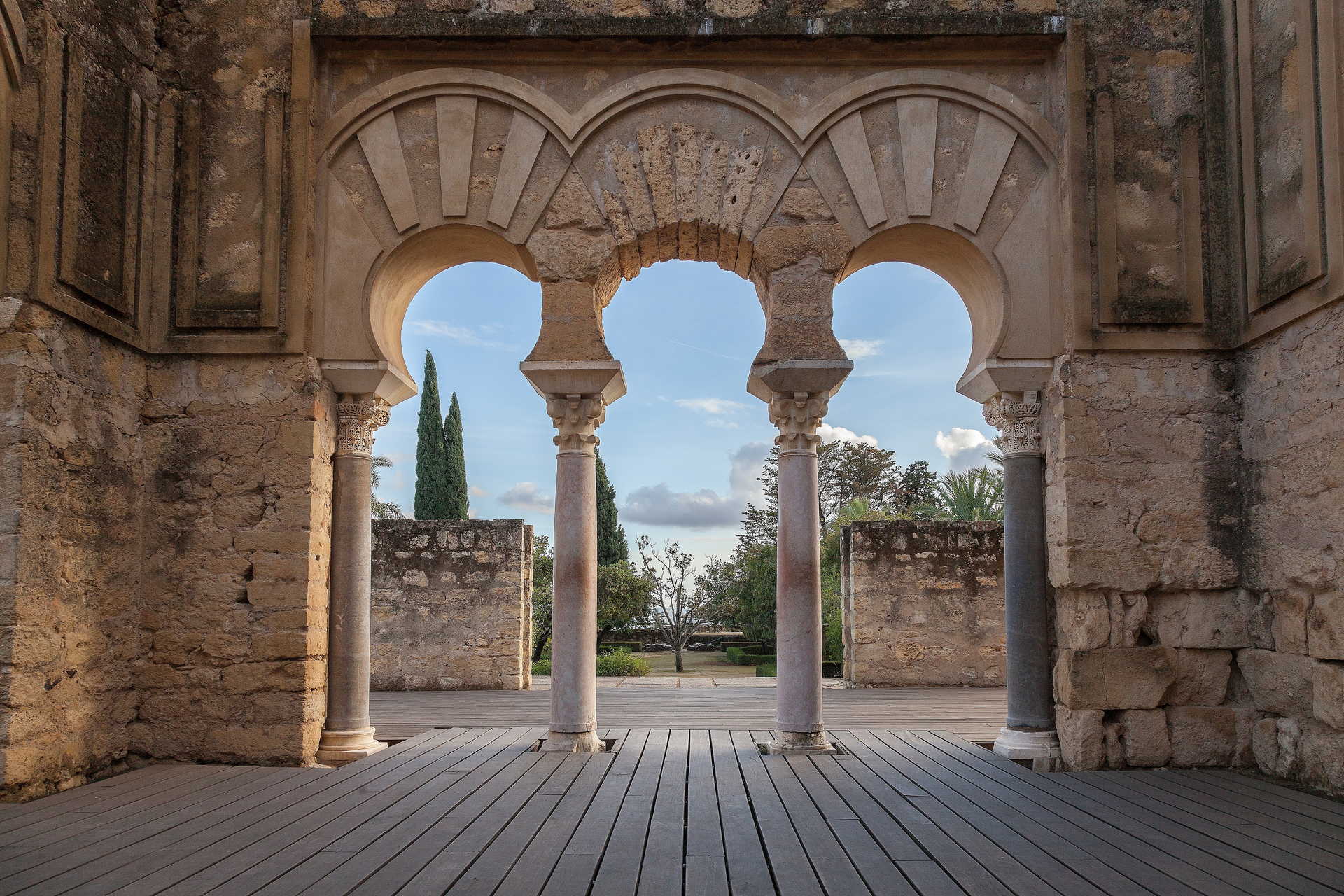
Medina Azahara Trail
Moorish city par excellence, built in the Early Middle Ages, a visit to Madinat al-Zahra is essential to discover the huge Andalusian heritage. It was in the 10th century, between 936 and 976, when Abderramán III bequeathed Mankind with an archaeological complex, whose ruins today bring us closer to what was considered to be the most beautiful city in the world (the medieval Versailles, some said). There are accessible guided tours, like those organised by Ecotour, which provide access for disabled visitors by means of electric scooters and special accesses.
This makes the site, one of the most important in Spain, accessible to people with reduced mobility who would like to enjoy a fascinating cultural tour. There are numerous legends, subsequently denied, which speak of the origins of the town itself (dedicated to one of the Caliph's favourites, Azahara in Spanish today), or the pools of mercury giving off magical optical illusions… That is because everything surrounding Medina Azahara has the evocative power of what was once a great civilisation: Al-Andalus.



